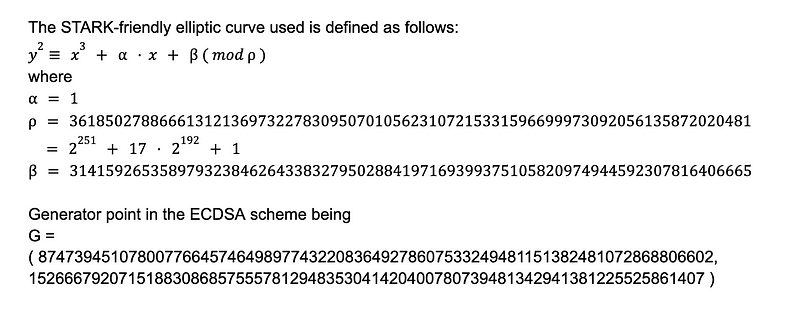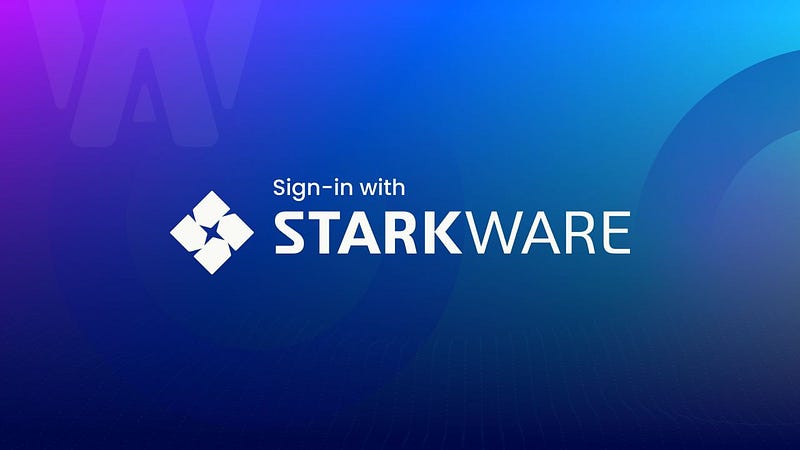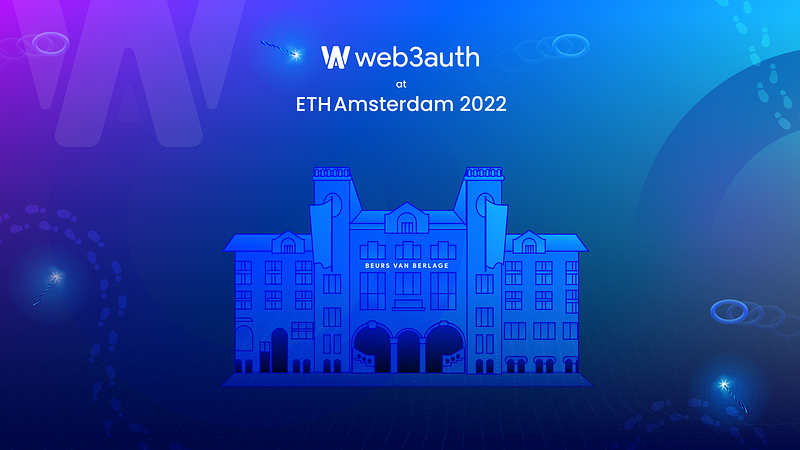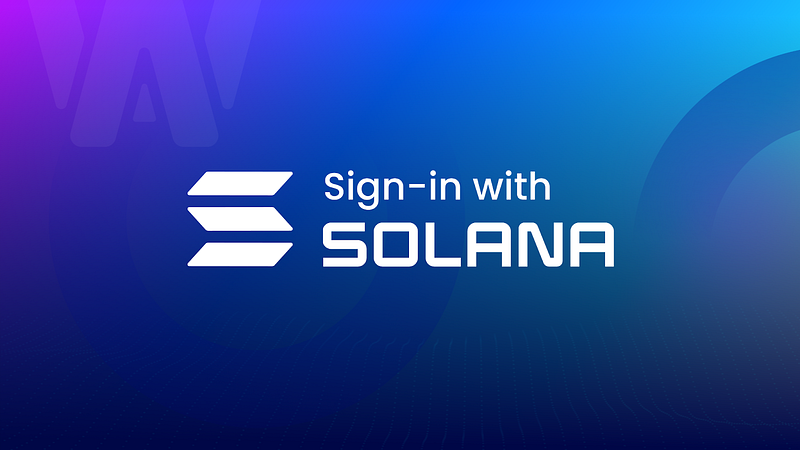About StarkWare:
StarkWare develops STARK-based solutions for the blockchain industry.
StarkEx, is a standalone permissioned scaling engine that already powers few of the biggest applications such as dYdX, Sorare, Immutable, DiversiFi and Celer.
StarkNet is a decentralized permissionless STARK-powered L2 ZK-Rollup over Ethereum, that supports general-computation based on the Cairo language.
What is the StarkWare Curve and why does it matter?
An account on any blockchain can be thought of as an identity that persists across applications on a blockchain. Ethereum has two account types:
Externally-owned accounts (EOAs) which can be controlled by anyone who holds the private keys
Contract — a smart contract deployed to the network, controlled by code.
All accounts in StarkNet are abstract accounts enabled by contracts.
Token Transfers in Abstract Accounts work as follows :
- If someone sends a token to your account, they interact with the token contract to change the recorded owner from their address to your address.
- The contract then performs a check that the identity that made the transfer is recorded as the current owner of the token.
With abstract accounts, the address is what matters and not the signature.
A StarkNet user will still have an address that can be shared publicly so that someone can send a token to that address. The user still has a wallet with private keys that are used to sign transactions. The difference is that the address will be a contract. The contract can contain any code.
An Account Design on StarkWare
- A owner
- Verification of ownership using a STARK signature, Ethereum Signature, or simply a key pair.
- The ECDSA Signature algorithm using the native StarkNet curve.
For higher efficiency, the Public key for StarkNet must be produced from the private key using a curve that is different from the Ethereum curve. This is where the STARK curve enters the picture.

Why Does the Ecosystem Need a Sign-in With StarkWare?
Almost everybody in crypto knows the importance of self-custodiality by now. To a large extent, Web3, led by behemoths such as StarkWare has managed to do what for long seemed unimaginable — shifting the dynamic of ownership from large entities to the end-user. When we say ownership, we mean ownership of your assets, your data, and even your identity. It is impossible to deny that traditional Web2 entities have done a fantastic job in making the user experience incredibly intuitive and consequently onboarding humanity onto the Web. However, it has also come at a cost — the cost of privacy and security.
Security hacks even among the biggest names in cybersecurity are increasingly and scaringly common. Of course, the ads one is exposed to on a daily basis on their device should be testimony to the fact that there is excessive tracking and monetization of the users’ activity. Today, the average user is fed-up with these compromises and has major trust issues. Do check our recent announcement about the Auth Network and its roadmap to address this problem.
When the Ethereum Foundation announced Sign-in With Ethereum(SIWE), it was only a matter of time until somebody extended SIWE to other chains.
Sign-in With StarkWare — You Own Your Identity
Right since its inception, the Web3Auth team has always been committed to making self-custodiality mainstream and after a series of announcements in this direction over the last few weeks, we are happy to share another milestone — Sign-In with StarkWare.
What is Sign-In with StarkWare and what does it solve?
Sign-in with StarkWare brings in the trust-free security of on-chain authentication to Web 2 which means that starting today, any user can log in to a Web2 application simply using their StarkWare account.
What Problem Does Sign-in With StarkWare Solve?
Additionally, Sign-In With StarkWare solves the following:
For Developers:
Ease of use: Our documentation will show you, step by step, how to build a Log in with StarkWare flow and also clearly outline how to get the Login with StarkWare flow working, end-to-end. Do also check our demo website here
Web3Auth Authentication suite: With Web3Auth, you can build secure, low-friction, self-custodial authentication flows for both Web2 and Web3 users with a single authentication provider. A single integration can fully support all users whether a user wants to log in with a Social account, their FaceID, Passwordless or their crypto wallet and a wide suite of authentication tools provided by us.
For the User: Sign in with StarkWare allows any Web2 application to authenticate users with their Web3 identities thereby bringing the security and privacy of Web3 authentication to Web2 for the user.
Today, there are multiple blockchain platforms and thus naturally, there arises a need to have a standard specification for authentication with Web3 identities. This led to the birth of CAIP-74 which allows for creating a chain-agnostic Object Capability (CACAO), based on a signing message as an IPLD object. Sign in with StarkWare endeavours to maintain compatibility with CAIP-74, thereby adhering to a chain agnostic standard.
Coming Soon…
We are pleased to see how rapidly the entire Web3 ecosystem is developing with the launch of new protocols and dApps every day. We will continue to lead the way in servicing authentication needs for the ecosystem retaining self-custodial principles of blockchain technology.





